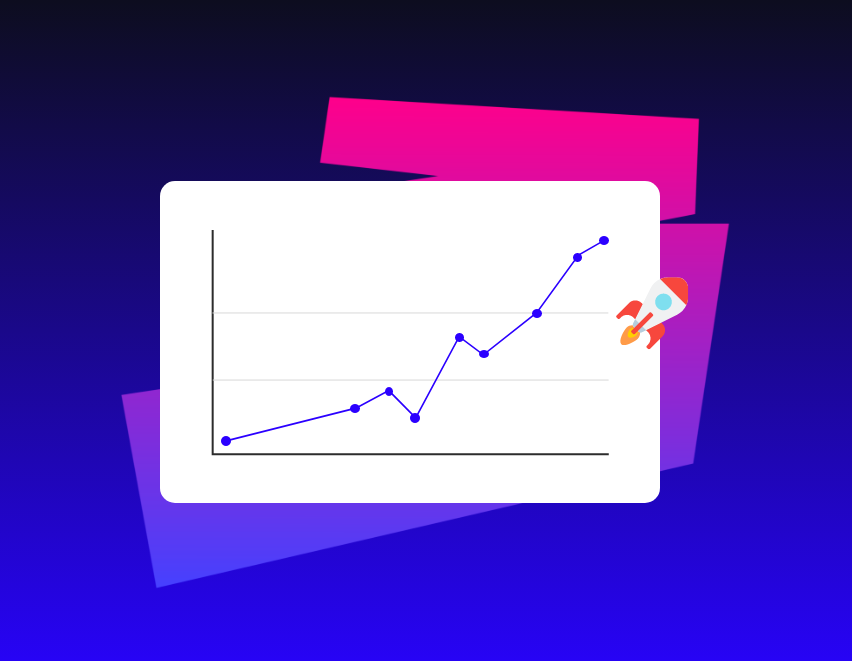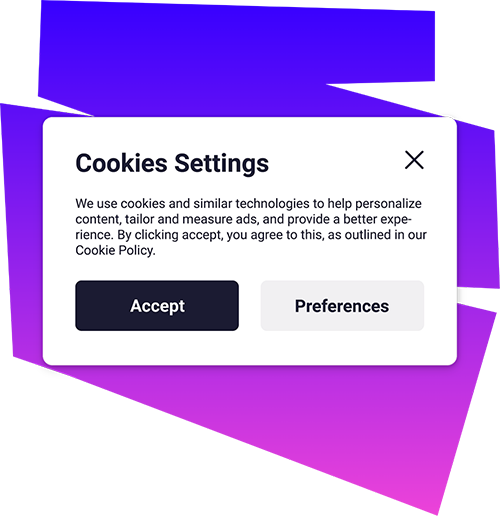Imagine this. You’ve just launched a winning ad, and sales are skyrocketing. Your best-selling product is flying off the virtual shelves—all is well until your bestseller is unexpectedly out of stock. At the same time, other products sit untouched in your warehouse. This imbalance not only results in lost sales but also ties up capital in unsellable inventory.
Such scenarios are all too common among businesses without effective stock control. To avoid these pitfalls, e-commerce brands need reliable tools and software to help manage stock efficiently. The right solution can automate reordering, track stock levels in real-time, and offer valuable insights into your sales performance.
Here, we look at the top inventory management tools tailored for Shopify stores, to help you streamline operations and fuel growth.
Benefits of a good inventory management system
- Optimise stock levels: Prevent over-ordering or running out of stock.
- Automate restocking: Trigger orders automatically when stock levels are low.
- Track trends: Monitor what’s selling quickly and what’s underperforming for better forecasting.
Top inventory management systems for e-commerce brands
Stocky by Shopify
Best for: Shopify stores looking for a native solution.
Stocky is Shopify’s native inventory app, designed to integrate seamlessly with your store. It helps you manage stock, track supplier performance, and automate purchase orders. Stocky’s intuitive dashboard lets you see sales trends and restock needs at a glance.
Key features
- Automated purchase orders based on sales performance
- Real-time inventory tracking
- Advanced reporting on product profitability
Pricing
Included with Shopify POS Pro plan (£89/month).
Our verdict
Stocky is perfect for Shopify users who want a streamlined, native inventory solution. It provides all the essential features for managing stock and is built to handle both online and in-store stock seamlessly.
TradeGecko (QuickBooks Commerce)
Best for: Multi-channel sellers using Shopify and QuickBooks.
TradeGecko, now known as QuickBooks Commerce, is a powerful inventory and order management platform that integrates smoothly with Shopify. It helps you manage stock across multiple locations, automate workflows, and track sales performance, offering advanced insights into your supply chain.
Key features
- Multi-location inventory management
- Integration with Shopify and QuickBooks
- Automated purchase orders and workflow automation
Pricing
Starting at £40/month.
Our verdict
Ideal for growing businesses that sell across multiple channels, TradeGecko offers robust tools for inventory management. Its integration with QuickBooks makes it a strong choice for businesses looking to streamline both inventory and financial operations.
Katana
Best for: Manufacturers using Shopify.
Katana is designed for small manufacturers who also sell online. It tracks inventory across locations in real time and provides visibility into raw materials and finished goods. Katana helps manufacturers streamline production workflows and manage stock levels efficiently.
Key features
- Real-time inventory control of raw materials and products
- Integration with Shopify and WooCommerce
- Visual production planning and stock management
Pricing
From £160/month.
Our verdict
Katana is a great solution for manufacturers that need more visibility and control over their production and inventory. Its seamless integration with Shopify makes it an excellent choice for small manufacturers.
Skubana
Best for: Fast-growing e-commerce brands.
Skubana is an all-in-one platform that centralises order and inventory management for fast-growing e-commerce brands. It connects with Shopify and other sales channels to synchronise stock levels, automate purchase orders, and provide actionable insights for optimising inventory.
Key features
- Unified order and inventory management across multiple channels
- Automated stock replenishment based on sales forecasts
- In-depth analytics for better stock control
Pricing
Starts at £790/month.
Our verdict
Skubana is an excellent option for businesses scaling quickly and needing a robust inventory management tool. It offers advanced features for businesses with complex inventory requirements.
DEAR Inventory
Best for: Comprehensive stock management with financials.
DEAR Inventory offers end-to-end stock management, from purchasing and sales to production and fulfilment. It integrates seamlessly with Shopify and includes built-in accounting features, allowing businesses to manage both inventory and finances in one place.
Key features
- Full inventory and order management
- Multi-currency support
- Built-in accounting and financial reporting
Pricing
Starting at £180/month.
Our verdict
DEAR Inventory is ideal for businesses looking for a comprehensive solution that manages both stock and finances. It’s a great tool for growing brands that need to optimise their operations while maintaining control over their financials.
Zoho Inventory
Best for: Small to medium-sized Shopify businesses.
Zoho Inventory offers a cost-effective solution for small and medium-sized businesses. It includes multi-channel sales, warehouse management, and real-time inventory tracking. Zoho’s user-friendly interface makes it a popular choice for businesses that don’t need overly complex systems.
Key features
- Multi-channel sales and warehouse management
- Real-time inventory tracking
- Integrations with Shopify, Amazon, and eBay
Pricing
From £25/month, with a free version available.
Our verdict
Zoho Inventory is an affordable solution for small businesses looking to gain more control over their stock. It’s simple to use and integrates well with Shopify, making it a solid choice for growing e-commerce brands.
Finale Inventory
Best for: High-volume Shopify stores.
Finale Inventory is built for high-volume e-commerce businesses. It offers advanced features like serial number tracking, inventory replenishment forecasting, and barcode scanning. Finale also integrates seamlessly with Shopify, making it easy to manage stock and fulfilment for large-scale operations.
Key features
- Real-time stock updates and multi-location management
- Barcode scanning and serial number tracking
- Forecasting tools to prevent stockouts
Pricing
Starts at £90/month.
Our verdict
For businesses handling large volumes of stock, Finale Inventory offers the advanced features needed to keep things running smoothly. Its forecasting tools and real-time updates make it ideal for high-volume operations.
Key features to look for in an inventory management tool
- Automation: Automate stock control to reduce manual input and errors.
- E-commerce integrations: Ensure the tool integrates with platforms like Shopify, Amazon, or WooCommerce.
- Mobile access: Manage your inventory on the go with mobile apps.
- Analytics: Get insights from sales and stock data to make informed decisions.
Choosing the right tool for your business
Choosing the best tool depends on your business size, needs, and budget. Follow these steps to find the right solution.
Define your needs: Consider your business size, whether you sell across multiple channels, and your stock management needs.
Set your budget: Weigh the cost of manual stock management against investing in a tool that automates and optimises processes.
Test the software: Take advantage of free trials to see which tool suits your workflow.
Look for unique features: Evaluate any additional features that could benefit your business.
Investing in the right inventory management software can help improve your operational efficiency, prevent stockouts, and streamline your e-commerce growth. Whether you’re a small business or a fast-growing brand, these tools will help you stay on top of your stock management in 2025.




















